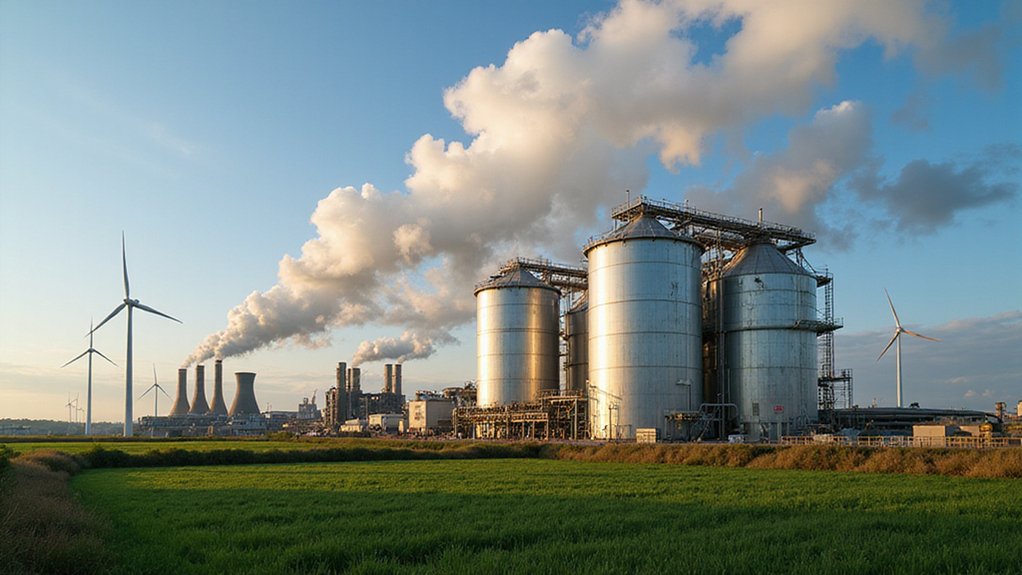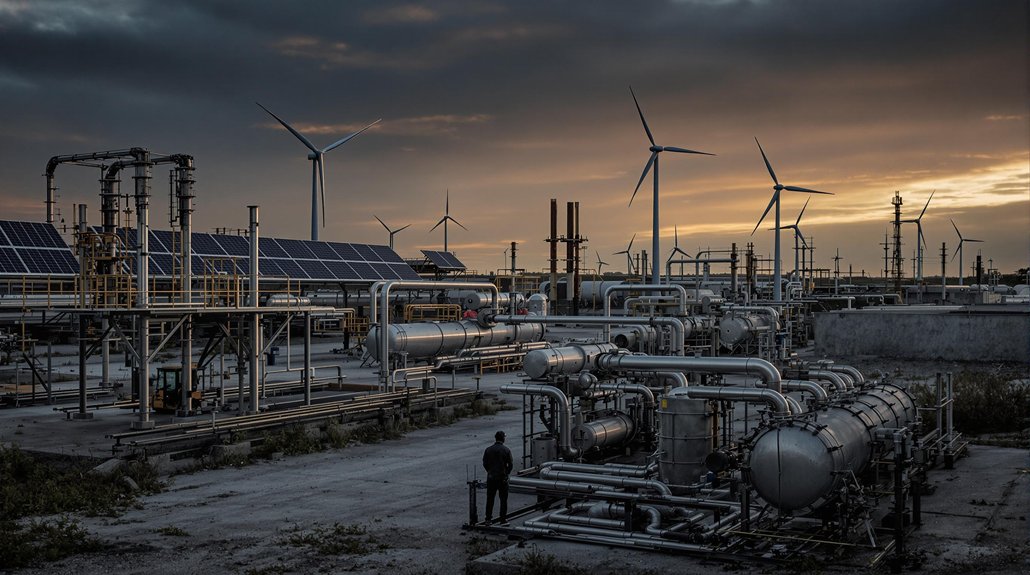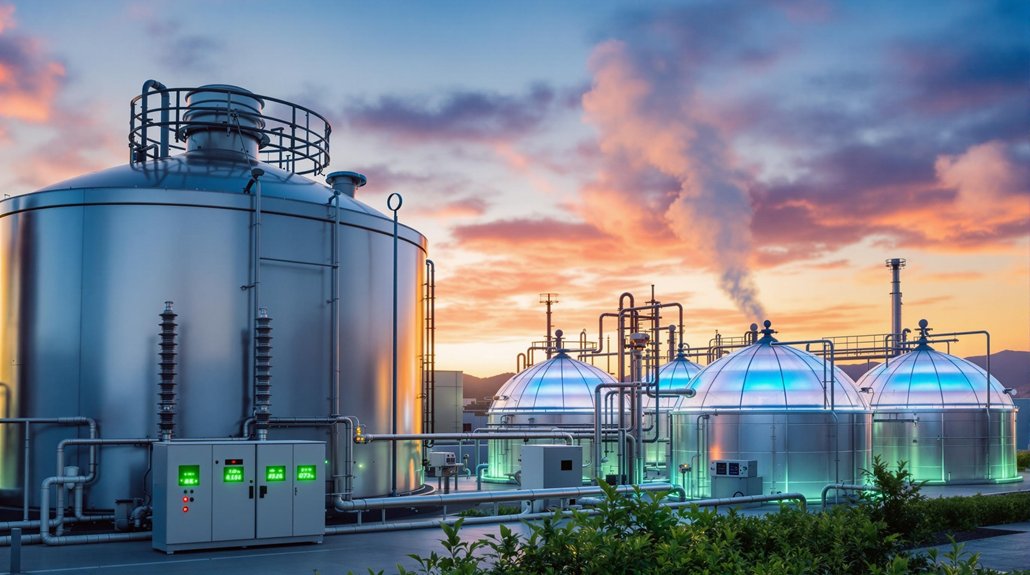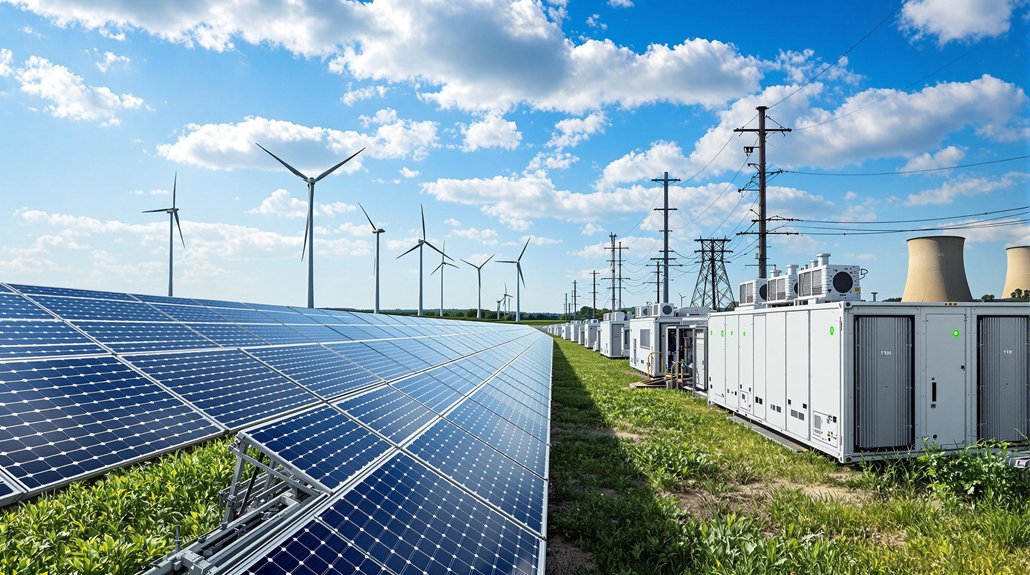How is a colorless gas transforming the fight against climate change? A former coal industry leader has announced a dramatic shift, committing $3 billion to green ammonia production. This investment marks one of the largest changes from fossil fuels to renewable energy in recent years.
Ammonia, a compound made of nitrogen and hydrogen, has traditionally been produced using natural gas, creating about 2 tonnes of carbon dioxide for every tonne of ammonia. The global industry produces roughly 185 million tonnes annually, with 90% used within industrial processes like fertilizer manufacturing.
Green ammonia alters this equation by using renewable electricity to split water into hydrogen through electrolysis. This green hydrogen then combines with atmospheric nitrogen in the Haber-Bosch process to create ammonia with almost zero carbon emissions. The absence of fossil fuels in this process eliminates over 1% of global greenhouse gas emissions.
The company’s pivot reflects growing recognition that green ammonia offers numerous advantages beyond fertilizer production. It can serve as a zero-carbon fuel for ships, act as an efficient hydrogen carrier, and provide energy storage solutions in liquid form. The shift to green ammonia also helps increase energy supply security by reducing reliance on imported fossil fuels. These applications make green ammonia valuable for industries where direct electrification proves challenging.
Recent technological innovations have made this shift more economically viable. Advanced high-pressure loops and integrated compression systems can reduce plant construction costs by 25-30%. Newer designs also allow for smaller, more flexible plants that support decentralized production closer to renewable energy sources. The inexhaustible nature of renewable energy sources makes green ammonia production sustainable over the long term.
Despite these advances, green ammonia currently costs more than conventional production methods. However, technology improvements and increasing scale are expected to lower costs markedly in coming years.
The investment comes amid growing regulatory and consumer pressure for low-carbon alternatives. By redirecting resources from coal to green ammonia, the company isn’t just changing its business model—it’s positioning itself at the forefront of the energy change.
This $3 billion bet represents confidence that green ammonia will play a key role in global decarbonization efforts, particularly in agriculture, shipping, and energy storage sectors that have traditionally been difficult to clean up.
References
- https://www.iberdrola.com/about-us/our-activity/green-hydrogen/green-ammonia
- https://rmi.org/low-carbon-ammonia-technology-blue-green-and-beyond/
- https://www.stamicarbon.com/our-business/NX-stami-green-ammonia
- https://www.petro-online.com/news/fuel-for-thought/13/international-environmental-technology/new-technologies-green-ammonia/62520
- https://www.frontiersin.org/journals/energy-research/articles/10.3389/fenrg.2021.580808/full








